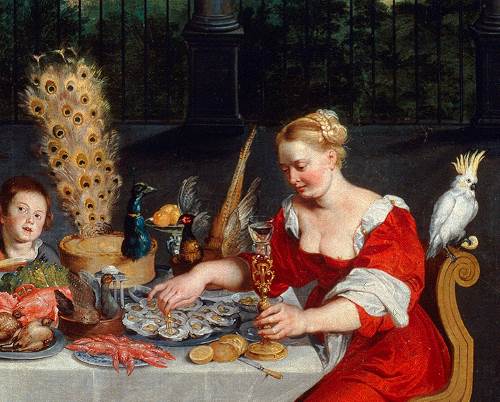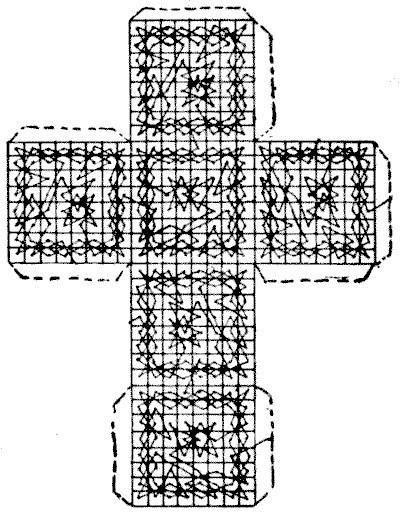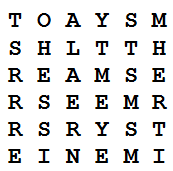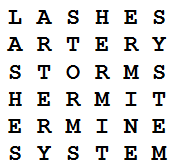
This is a detail from the allegorical painting Taste, Hearing and Touch, completed in 1620 by the Flemish artist Jan Brueghel the Elder. If the bird on the right looks out of place, that’s because it’s a sulphur-crested cockatoo, which is native to Australia. The same bird appears in Hearing, painted three years earlier by Brueghel and Peter Paul Rubens.
How did an Australian bird find its way into a Flemish painting in 1617? Apparently it was captured during one of the first Dutch visits to pre-European Australia, perhaps by Willem Janszoon in 1606, who would have carried it to the Dutch East Indies (Indonesia) and then to Holland in 1611. That’s significant — previously it had been thought that the first European images of Australian fauna had been made during the voyages of William Dampier and William de Vlamingh, which occurred decades after Brueghel’s death in 1625.
Warwick Hirst, a former manuscript curator at the State Library of New South Wales, writes, “While we don’t know exactly how Brueghel’s cockatoo arrived in the Netherlands, it appears that Taste, Hearing and Touch, and its precursor Hearing, may well contain the earliest existing European images of a bird or animal native to Australia, predating the images from Dampier’s and de Vlamingh’s voyages by some 80 years.”
(Warwick Hirst, “Brueghel’s Cockatoo,” SL Magazine, Summer 2013.) (Thanks, Ross.)








